Contents [hide]
When we think of Ashadhi Ekadashi, the wari(an annual pilgrimage) of Pandharpur comes before our eyes. Among all the 24 Ekadashis in a year, this Ekadashi, which is the eleventh lunar day (Ekadashi) of the bright fortnight (Shukla paksha) of the Hindu month of Ashadha (June – July), is the most significant. Keeping vrat (Vowed religious observance) on this day, bestows one with grace of all the Deities. Let us learn the history and the importance of the vrat of Ashadhi Ekadashi.
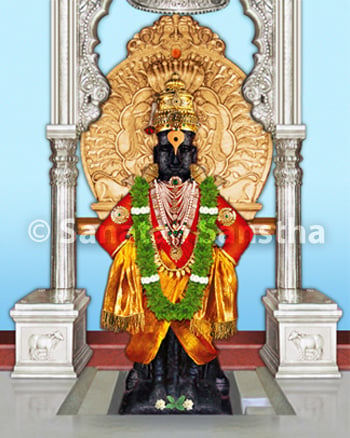
1. Types
The Ekadashi in the Shukla Paksha of Ashadh is called ‘Devshayni’ (Deity’s sleep) and the one in Krushna Paksha is called as ‘Kamika Ekadashi’.
2. History
In ancient times, war took place between Deities and demons. Mrudumanya, son of demon Kumbha won the boon of immortality from Deity Shiva through penance. As a result, he became unconquerable for Brahma, Vishnu and Shiv. Fearing him, the Deities hid on the Trikut mountain, in a cave underneath an Amla tree. As they had no food, it resulted in their fasting on the day of Ashadhi Ekadashi. They bathed in the rain. Then all of a sudden, energy was created from their breath which killed the demon Mrudumanya who was waiting at the entrance of the cave. This energy is the Goddess of Ekadashi.
3. Importance
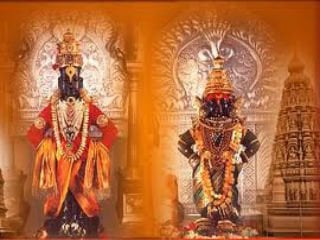
3 A. This Ashadhi Ekadashi comprises the radiance of all deities together i.e. by observing vrat on this day, one is bestowed with grace of all deities.
3 B. Kamika Ekadashi is the Ekadashi fulfilling desires. Keeping vrat on this Ekadashi can bless a devotee with a son.
4. How to observe this vrat
The devotee observing this vrat has to eat only once on the previous day, i.e. on Dashami. He must bathe early morning on Ekadashi and worship Shri Vishnu by offering tulsi leaves. He has to fast the whole day and he has to engage himself in kirtan (Devotional songs/discourses) and remain awake the whole night. The next day, on Ashadh Shukla Dwadashi, he has to offer worship Deity Vaman and eat something to break the fast. On both these days Shri Vishnu is worshipped by the name ‘Sridhar’ and a ghee lamp is kept burning through the night.
5. Wari of Pandharpur
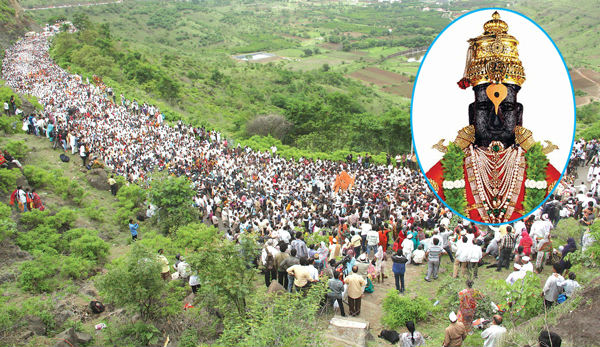
This vrat is commenced on Ashadh Shukla Ekadashi. Warkari sect is one of the main sect in Vaishnavas. In this sect devotees are initiated on yearly, 6 monthly basis and accordingly wari is undertaken. It is said that since this wari has to be completed on foot, it becomes a penance.
5 A. Beginning of the wari of Pandharpur
Saint Dnyaneshwar established Bhagwat Dharma in the society through His ‘Dnyaneshwari’ and started the tradition of ‘Namdindi’, that is, Wari of Pandhari with a view to spread and propagate Bhagwat Dharma.
Reference : Sanatan’s Holy text ‘Holy festivals, Religious festivals and Vowed religious observances’
5 B. Spiritual importance of the Wari of Pandharpur !
Collective chanting of Vitthal’s Name by all warkaris appears like ‘Naamdindi’. Those who participate in this Pandharpur Wari automatically sacrifice their body, mind and money at the feet of God. One has purity of mind while travelling to meet God eagerly and the physical body too wears away like sandalwood. Therefore, warkaris heading toward Pandharpur are on a pilgrimage in the form of wari. – Ms. Madhura Bhosale, Sanatan Ashram, Ramnathi, Goa. (4.7.2016)
5 C. The wari of Pandharpur is a vrat enhancing unity among Hindu families and society !
Diety Vitthal is the favourite Deity of Maharashtra. Warkari organise wari on every Ashadhi Ekadashi. This wari is being organised continuously since last more than 800 years.
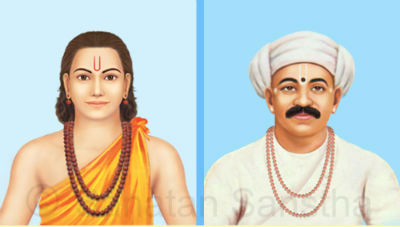
It is said that Foundation of wari is laid by Dnyandev meaning, Saint Dnyaneshwar gave this sect its philosophy. Wari of Pandharpur has assisted in enhancing unity among Hindu families and society at large. This is the social relevance of vrats. Prof. N.R. Phatak says, ‘The organisation that existed in Maharashtra during the times of Saint Dnyaneshwar in the form of sects abiding by Dharma and later its lassitude and miserable condition due to paucity of dedicated leadership, was done away with by the teachings of Saint Ekanath. People became enthusiastic by taking pride in Dharma and due to this enthusiasm 50 years later swarajya was established and the people in Maharashtra could taste its essence.’
5 E. In the ancient times when Saints would gather together, they would express their respect by bowing down on each other’s Holy feet
In the ancient times when Saints would gather together, they would express respect by bowing down on each other’s feet as each of them was a evolved soul. (The are many benefits of bowing down on each other’s feet. For example – Divine consciousness(Chaitanya) in both becomes one and radiance of both individual increases, ‘I’ ness, pride, ego is reduced and the belief that ‘God is present everywhere’ is strengthened). They would share their spiritual experiences, recite their new compositions (Abhang, Bhajans, Ovis), share new ideas for spreading their spirituality and thereby guide others. To acknowledge each others presence, each one of them would carry a banner while moving in their group. The same tradition is continued even today. In short, being the day of giving review of Vyashti and Samashti sadhana from Kartiki Ekadashi to Ashadhi Ekadashi and to seek further guidance, Ashadhi Ekadashi has attained great relevance.’

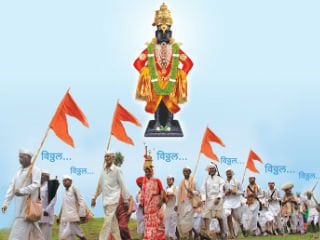 Experiencing spiritual emotion and devotion from the palanquin procession
Experiencing spiritual emotion and devotion from the palanquin procession Wari of Pandharpur : An example of ardent bhav and devotion !
Wari of Pandharpur : An example of ardent bhav and devotion !